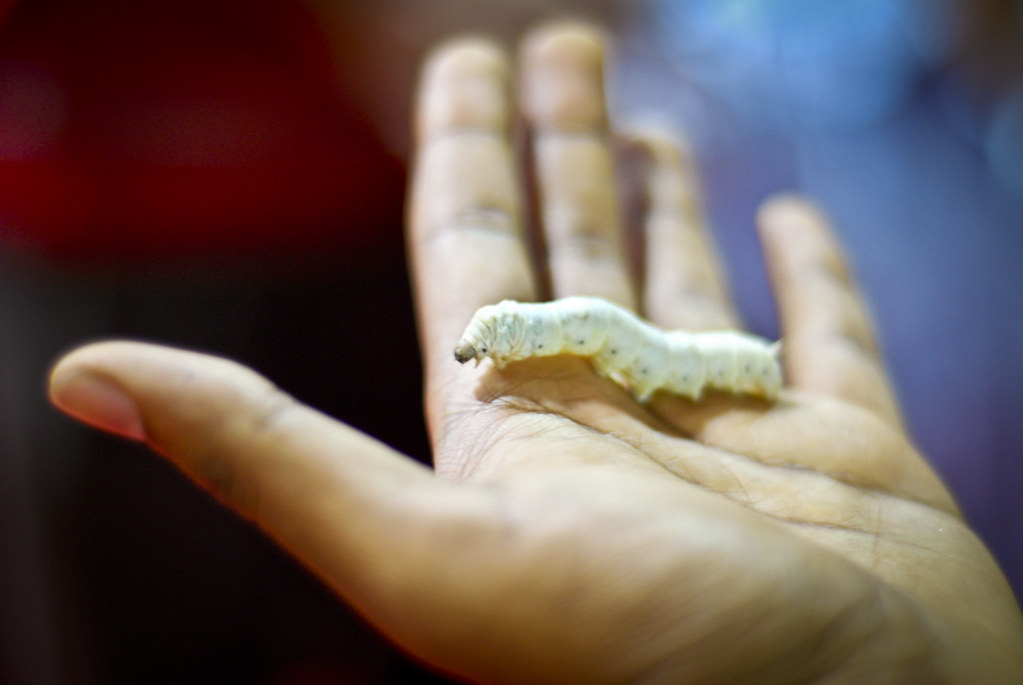Blog
How To Keep Your Silkworms Safe From Pests
As any good silkworm farmer knows, protecting your worms from pests is vital to maintaining a healthy and productive colony. But with so many different types of pests out there, it can be difficult to know how to best protect your worms.
That’s why we’ve put together this comprehensive guide on everything you need to know about keeping pests away from your silkworms. From the most common pests that pose a threat to silkworms, to the best methods of defence, this guide has it all.
So whether you’re just starting out in the world of silkworm farming or you’re a seasoned pro, make sure you read on to learn how to keep your colony safe from pests.
Pests
They are any small creature that can cause harm to silkworms.
Pest control experts from Algester point out the most common pests that target silkworms are mites, aphids, and caterpillars. These pests can cause a variety of problems for silkworms, including eating their food, damaging their cocoons, and spreading disease.
Mites…
are the most deadly of all the pests that attack silkworms. They are very small creatures that live off of the blood of their host. A single mite can drain a silkworm of its blood in just a few days, causing the worm to become weak and eventually die. Mites can also spread disease from one worm to another.
Aphids…
are another type of pest that often attacks silkworms. Aphids are small, wingless creatures that feed on the sap of plants. While they don’t directly kill silkworms, they can weaken them by sucking the nutrients out of their food. Aphids can also spread disease to silkworms.
 Photo by Egor Kemlev
Photo by Egor Kemlev
Caterpillars…
are the last type of pest that commonly attacks silkworms. Caterpillars are the larvae of moths and butterflies, and they can do a lot of damage to a silkworm colony. Caterpillars will eat the leaves of the plants where silkworms live, depriving the worms of their food. In addition, caterpillars can also damage cocoons, preventing the worms inside from developing properly.
Now that you know what kinds of pests pose a threat to silkworms, let’s take a look at some of the things you can do to…
Protect your colony
The first and most important thing you can do to protect your silkworms is to create a pest-free environment. This means keeping your worms away from any plants that may be infested with pests. If you’re not sure if a plant is infested, it’s better to err on the side of caution and avoid it altogether.
You can also take steps to prevent pests from entering your worm colony in the first place. This can be done by making sure their living area is clean and free of debris. Be sure to use sterile, pest-free soil when starting your colony. This will help to prevent any pests from getting into the environment and harming your worms.
Pests can easily travel from the ground and into your worm colony. Flooring specialists recommend using a raised platform to keep your worms off the ground. This will make it more difficult for pests to get to them. Plus, you should keep their living area well ventilated to help prevent the spread of disease.
You should also regularly check for any signs of pests, such as mites or caterpillars, and remove them immediately.
In addition to taking preventive measures, you can also use a variety of different products to protect your silkworms from pests. There are a number of different pesticides that are effective against most common types of pests. You can also use herbicides to kill caterpillars and other larvae before they have a chance to do any damage.
Finally, it’s important to remember that the best way to protect your silkworms is to be proactive. This means being on the lookout for any signs of pests and taking steps to remove them right away.
Let these 5 rules guide you:
- Identify the pests that are attacking your silkworms
- Take steps to eliminate the pests and protect your silkworms
- Monitor your silkworms closely and take additional steps to protect them if necessary
- Keep a log of when pest problems occur and what you did to address them
- Share your experience with other silkworm growers so they can learn from your successes and mistakes

By following these simple tips, you can keep your silkworm colony healthy and happy for years to come.

